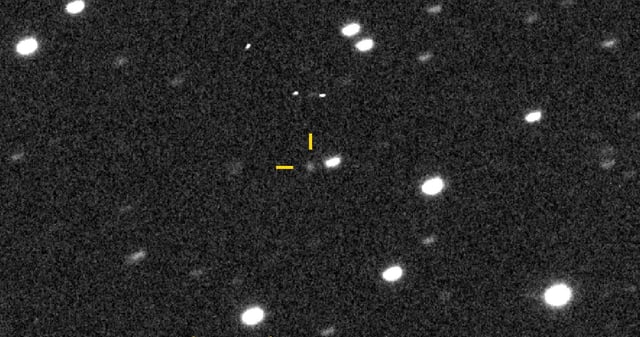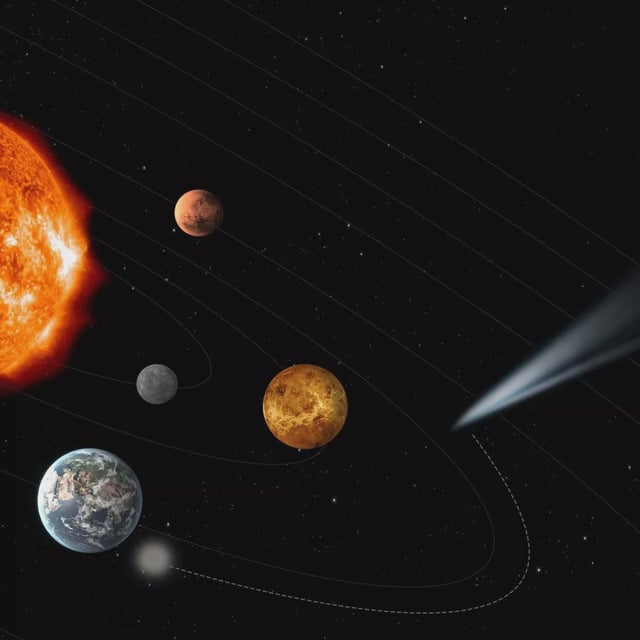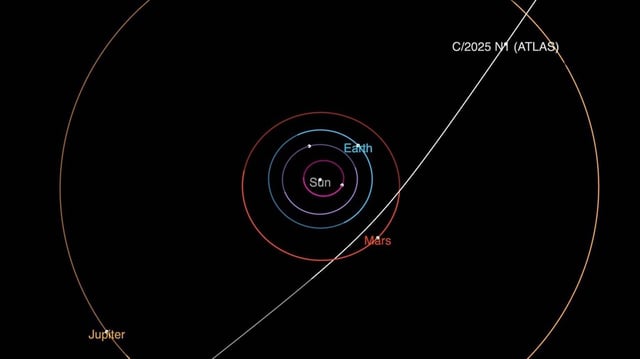Overview
- Observatories confirmed 3I/ATLAS as an interstellar comet traveling at over 60 kilometers per second from beyond the heliosphere.
- The comet will never come closer than 1.5 astronomical units to Earth and will make its closest approach to the Sun inside Mars’s orbit on October 30.
- Size estimates of 10 to 20 kilometers remain uncertain because early signs of cometary outgassing may be inflating its brightness.
- Astronomers worldwide are conducting spectroscopy and imaging across Chile, Hawaii and Australia to capture its pristine materials before intense solar heating alters the comet.
- ESA is advancing its Comet Interceptor mission, planned for a 2029 launch to wait at the Sun–Earth Lagrange Point 2 for future pristine comets or interstellar visitors.



